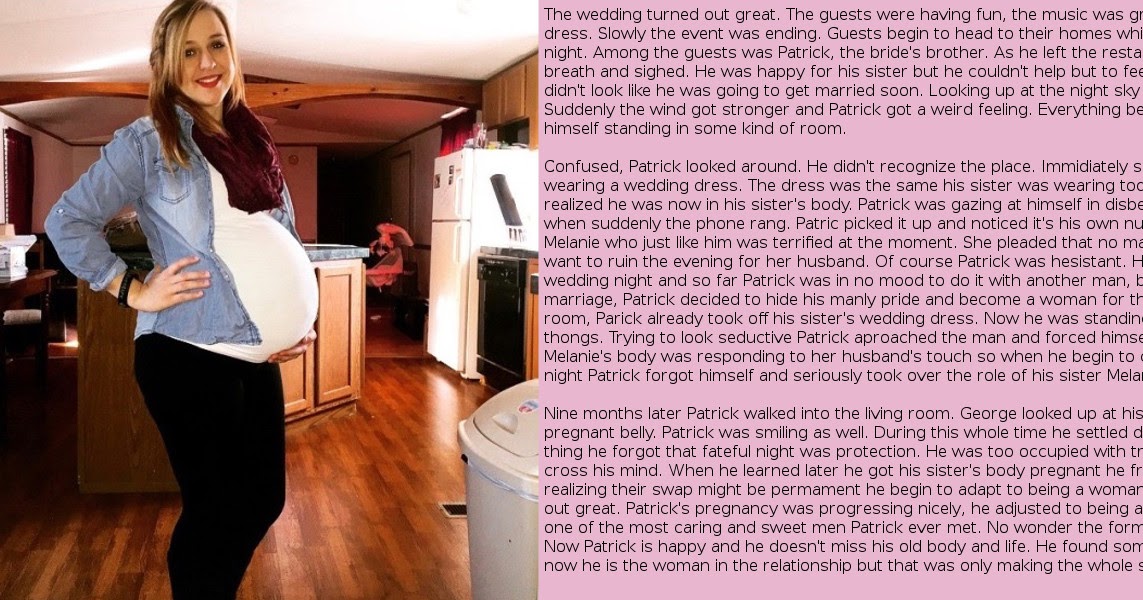How to help a child with spelling difficulties
11 Research-Based Spelling Strategies Parents Can Try at Home
Preface: In this article, you will find a variety of fun and engaging ways to implement research-based spelling strategies such as:
- teaching phonemic awareness, (a strategy to help students understand letter-sound correspondence and the individual parts that make up words)
- teaching morphological awareness (understanding/recognizing similar chunks in words, word families, and word parts)
- utilizing the whole-word approach (memorizing the spelling of a word without needing to understand the individual parts that make up the word)
- utilizing the rule-based strategy (teaching explicit spelling rules)
- implementing multi-modal teaching, which allows students to learn information through a variety of modes (e.g., seeing, feeling, hearing, creating)
Keep in mind that the strategies in this article are recommendations. Please do not try to pressure a child into using all or any of these strategies. This can lead to frustration which can turn your child off to spelling practice.
Every child is different and you have to examine their level and frustration tolerance when imposing academic tasks. For suggestions on ways to encourage children to complete tasks or assignments they do not want to do, see 3 Ways to Use Timers to Motivate Children and How to Use Schedules to Improve Children’s Behavior.
Common Spelling Mistakes
- Using the wrong consonant (e.g., spelling cat as kat)
- Using the wrong vowel (e.g., spelling seat as seet)
- Leaving out consonants (e.g., spelling kicking as kiking)
- Leaving out a vowel (e.g., spelling plain as plan)
- Writing only one consonant, when a consonant should be doubled (e.g, spelling butter as buter)
- Leaving in an “e” that should be dropped (e.g., spelling riding as rideing)
- Reversing letters (e.
 g., spelling foil as fiol)
g., spelling foil as fiol) - Leaving out the ”silent e” (e.g., spelling kite as kit)
- Using ys instead of ies (e.g., cherrys instead of cherries)
- Spelling words phonetically when a specific suffix should be used instead (e.g., spelling vacation as vacashin)
- Using an “s” instead of a “c” or a “c” instead of an “s” (e.g., absense instead of absence or offence instead of offense)
- Forgetting rules like “i before e except after c” (e.g., spelling receive as recieve)
While the errors above are the ones I have observed most frequently in my career as a school psychologist, there are many other types of spelling errors a person can make.
11 Research-Based Spelling Strategies
1) Practice phonemic awareness.
Phonemic awareness is hearing individual sounds in words, and letter sounds.
Let your child hear what it sounds like to break words up into their individual sounds. Show them what happens when you change a sound. For example, say the sounds in pig separately (p-i-g), then say the word. Then say the sounds in big (b-i-g) and say the word.
Show them what happens when you change a sound. For example, say the sounds in pig separately (p-i-g), then say the word. Then say the sounds in big (b-i-g) and say the word.
Put it on paper so they can see the change. Talk about which sounds are different and which sounds are the same. Have your child practice breaking words apart and blending them together.
For more strategies to teach your child or students phonemic awareness and letter sounds, see 10 Fun Activities to Teach Your Child Letter Sounds and How to Teach Phonemic Awareness.
2) Allow beginners to spell phonetically.
When first learning to spell, allow children to spell words exactly as they hear them. Teach them to say each sound in a word and write down the letter or letters that represent each sound, until they have spelled the word.
For example, they might spell lemon as l-e-m-i-n. Then review the word with them and talk about which letters they can change to make the word correct (help them figure out the correct replacement letters if needed).
You can practice this several times with different words. Let them rewrite the word the correct way and compare the changes.
For children who have trouble writing, allow them to use magnhttps://amzn.to/3b6LZLOetic letters to create the word, such as the ones below, or allow them to type on the computer if they are able to do so.
Magnetic LettersThey can also create the letters/words out of Play-Doh or Wikki Stix as shown below.
3) Teach children to notice chunks in words.
Chunks are more than one letter together that normally make the same sound (e.g., ch, sh, br, ple, all, ate, at).
Have your child practice writing several words that use the same chunks to establish a sense of word families (groups of words that have a common feature or pattern).
For a fun and effective way to teach sound chunks and spelling, let your children or students practice with the game Didax Chunks: The Incredible Word Building Game.
Great Interactive Spelling Games
4) Practice rhyming words.
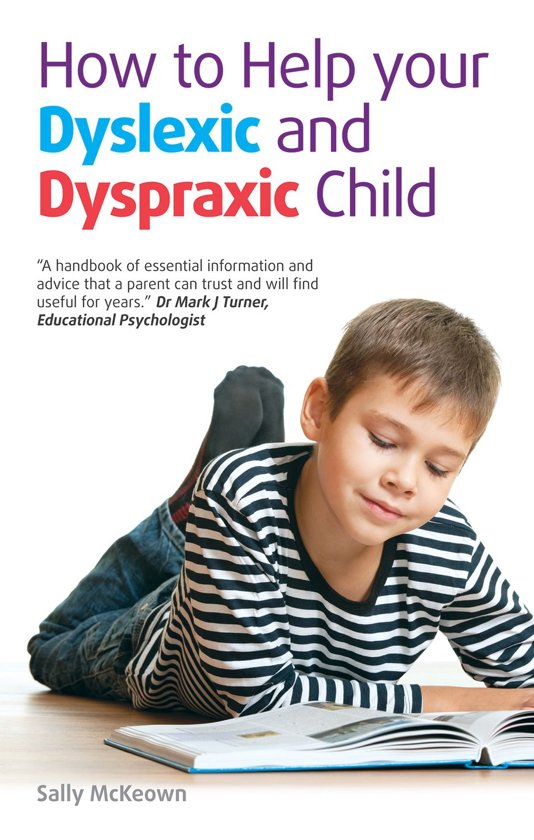
Teach children about rhyming words and provide them with several examples. After teaching them how to rhyme, give them a word and ask them to come up with rhyming words.
Once they have the hang of it, encourage them to tell you a word and list several words that rhyme with it. Encourage them to write rhyming words down as well.
Allow them to start with a common word pattern such as “all.” Show them how adding a letter in front of “all” and changing that letter produces a list of several rhyming words (e.g., e.g. all, ball, call, fall, hall, mall, tall, wall).
Again, for children who have trouble writing, try typing, magnetic letters, or creating the words from Playdoh or Wikki Stix.
The strategies below are for students who have gotten the hang of phonetic spelling and are ready to or struggling to move to the next level; or for students who are struggling with phonetic spelling and may do better with memorization or rules.
5) Learn spelling rules.
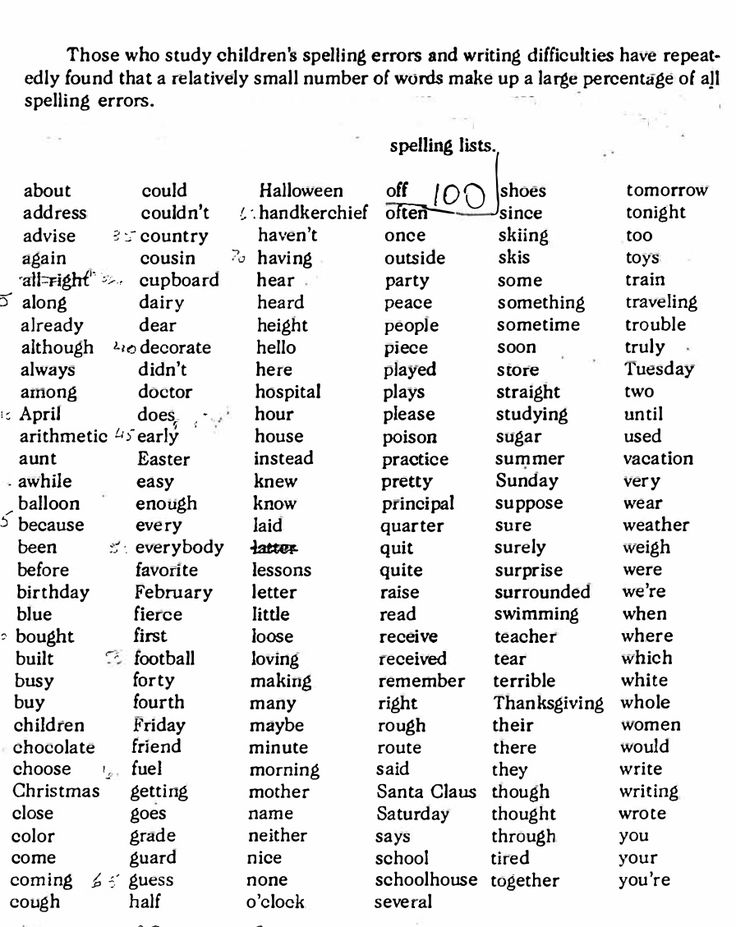
See a list of some common spelling rules below (also known as rule-based strategies).
- Short -Vowel Rule: When a one-syllable word has a vowel in the middle it is usually a short-vowel sound (e.g., hat, set, pit , lot, nut)
- Doubling Consonants: If f, l, or s comes after a vowel, the letter is often doubled (e.g., stuff, call, grass)
- Two-Vowels Together: If two vowels are together, the first vowel usually says its name and the second vowel is not heard (e.g. seat, rain, tie)
- Silent e: When a short word has a vowel, a consonant, and then an “e” or a longer word has that same pattern in the last syllable, the first vowel is usually long and the e is silent (e.g., cake, kite, vote, mute, meditate, debate)
- y as a long i: When the letter y comes at the end of a short word with no other vowel in the word, it makes a long i sound (e.
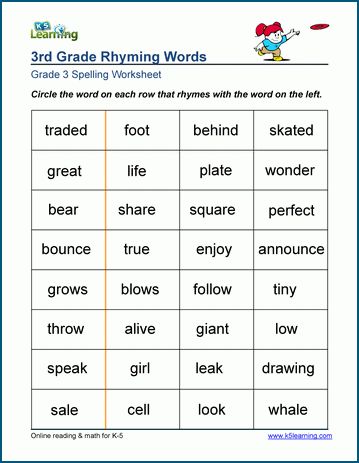 g., dry, cry, sty, pry)
g., dry, cry, sty, pry) - y as a long e: When a word has two syllables and the second syllable is composed of only a y or an ey, the y makes a long e sound. (e.g., honey, money, bunny, sunny)
- I before E: The rule is “i before e except after c (e.g., receive, receipt, deceive, conceive) or when sounding like ‘a’ as in neighbor or weigh.”
- Words with “ch”: Use “ch” at the beginning of words (e.g. chair, cheese, chin) and “tch” at the end (e.g., watch, witch, patch)
These are only some of the rules in spelling. You can do a Google Search for common spelling rules to learn more.
Please remember there are always exceptions to spelling rules, meaning that these rules will not apply to every word in the English language.
It can also be difficult and cumbersome to remember these rules. Strategies for remembering common spelling rules include the following:
- keep the rules in a place where the child/student can easily refer to them when spelling, such as in his desk or in his notebook
- discuss the rules when reviewing spelling errors with the child (for instance, if you and your child are editing his work and you see he spelled catch as cach, give him a gentle reminder “remember it is “ch” at the beginning of words and “tch” at the end” or have him read and say the rule out loud)
- after reviewing the rule, have him rewrite the word he misspelled
- make flashcards of the rules (you can do this on index cards), with the name of the rule on the front and the definition on the back as shown here.

After creating the flashcards, make a game out of it, to make it more fun for the child. For example, take turns (first you show the front of a flashcard and have your child state the rule. Then have him show a flashcard and you state the rule)
6) Teach children to use an online dictionary.
Use a site like dictionary.com. There your child can type in the word he is unsure of in the search box. If he spells the word wrong, but the spelling is somewhat close, the site will ask “Did you mean _________?”
For example, if you spell “vacashin” in the search box, a question on the bottom of the screen pops up that says “Did you mean vacation?”
7) Teach children to edit their work and use repetition.
Encourage children to review their work carefully and rewrite a word five to ten times when they find a misspelling (ten times is recommended but this may be too much for some children).
It is much easier to notice spelling errors when rereading work, than to notice them the first time around when the mistake is made.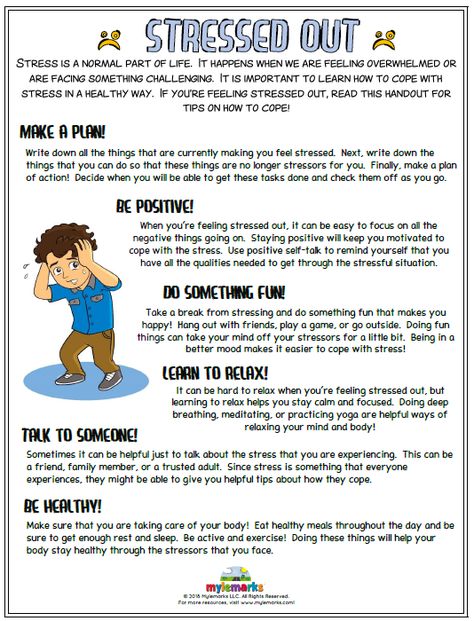
Many times spelling errors get ingrained in one’s memory after repeating the same mistake several times. Writing the word several times in a row helps to retrain the child’s memory.
You can try to make repetition more fun by turning it into a game. To do this, take turns with the child. (e.g., have him write the first word 10 times while you watch, then you write the next word 10 times while he watches – or any other turn-taking variation).
Some children are more willing to complete this type of task when they can see a visual of how many times they are expected to write the word. For instance, number the paper 1 to 10. “After you write your words, you can pick a game to play!”
8) Show how different sounds can be represented different ways.
For example, the /k/ sound can be represented with a c as in cat, a k as in kangaroo, a ck as in kick, or a ch as in school.
9) Teach children how to test their spelling.
Create spelling lists or spelling flashcards on index cards. You can create them for your child, with your child, or encourage your child to create them himself.
You can create them for your child, with your child, or encourage your child to create them himself.
You can also purchase spelling flashcards or search for free spelling lists on the internet such as the ones at VocabularySpellingCity.com.
Teach Your Child To Test Their Spelling Using These Four Steps:
1. Look at the word and pay attention to the spelling and what the word looks like
2. Cover up the word with his hand or turn the flashcard around.
3. Visualize the word in his mind, and then spell the word aloud, in his mind, or on paper
4. Check the flashcard or list to ensure his spelling was correct. You can show your child an example of how to do this and then let him practice on his own.
10) Allow children to replace and change letters.
You can use a dry erase board or chalkboard.
For an activity, try writing a word but leaving some letters blank (have your child fill in the missing letters-providing them with guidance as needed).
For example, for the word table you could write (t a b _ e) and have him/her try to fill in the missing letter.
As your child improves, you can make it more challenging. If your child has trouble thinking of the missing letter, try giving a choice of three letters to choose from.
As an alternative to a dry erase or chalkboard, you can put sand in a sand tray (you can place the sand in a shallow baking pan for a tray). See an example of writing in sand below.
or in shaving cream or whip cream (as shown below)
Just like with a dry erase or chalkboard, this will allow students to write and rewrite words, make corrections, replace letters, fill in missing letters, etc.
11) Use a tablet or device.
There are several spelling apps that allow children to have fun while learning to spell or improve their spelling skills.
Also, some children who are resistant to traditional writing are sometimes willing to write on a tablet. They can write with their finger or with a Stylus such as the one shown below.
If pen/pencil grip is a concern, see How to Help Your Child with Handwriting and Pencil Grip.
Additional Tips to Improve Spelling:
Read with your child and encourage your child to read as much as possible.
When you come across a word with a certain pattern or rule, you can point out the word to your child/students and reiterate the rule.
For example, if you see the word vacation you can remind your child that many words that end with a “shin” sound are spelled with the suffix “tion” such as creation, medication, or fiction.
If you see the word “cat” you can remind your child that several three-letter words end with “at” such as bat, hat, and, mat. Teach your child to try to pay attention to these types of patterns when reading.
Use spelling workbooks
Keep in mind that every child is different.
Some respond to several strategies, others respond to a few, while others may not respond to any of these strategies.
If your child is significantly struggling with spelling or acquiring other academic skills, despite consistent practice and guidance, talk to your child’s school and/or doctor.
They should be able to refer you to the appropriate professionals to determine what might be interfering with your child’s progress and what additional strategies might help.
Remember to always stay calm when working with a child or student, even if you think they should be getting something that they are not getting.
If you get frustrated with them, they may start to feel anxious, angry, inferior, stupid, etc. which will lead to a less productive learning session.
Keep practice sessions short (5 to 10 minutes for younger children or children who get easily frustrated and 10 to 15 minutes for older children or children who can work for longer periods without frustration), unless the child is eager to keep going.
It would really make my day if you could comment below after trying some of these strategies with a child or student. I would love to hear if you enjoyed doing the activity together and what you found most helpful.
An image of you and/or your child or student(s) completing some of these activities together would be a beautiful addition to the site so feel free to share pictures or videos if you are comfortable.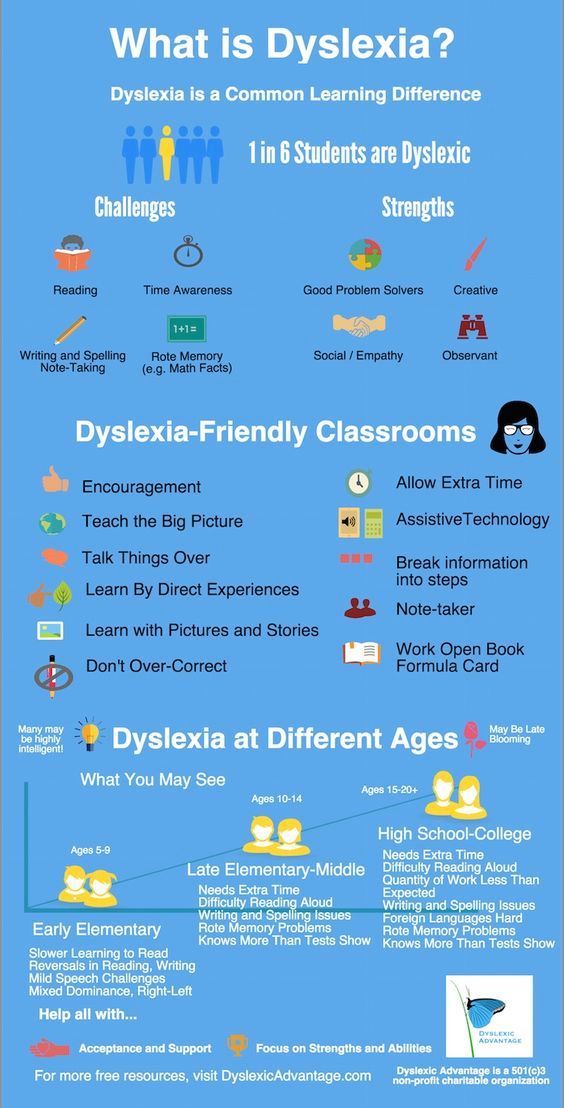
For questions contact [email protected].
You Might Also Like: How to Study Spelling Words: A Spelling Strategy for Students by Reading Rockets
Video Presentation (musical/illustrated)
Narrated Video Presentation
Education and Behavior – Keeping Us on the Same Page for Children
Rachel Wise
Rachel Wise is the author and founder of Education and Behavior. Rachel created Education and Behavior in 2014 for adults to have an easy way to access research-based information to support children in the areas of learning, behavior, and social-emotional development.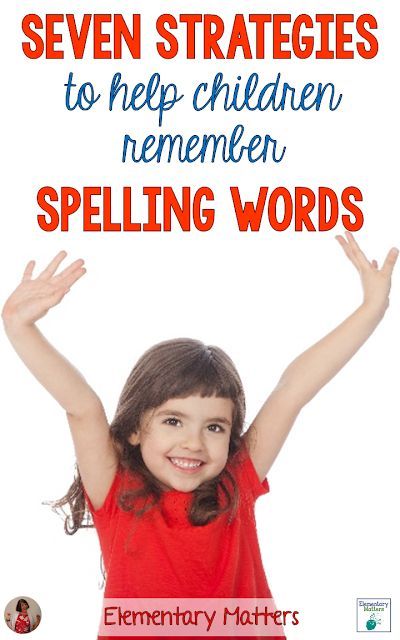 As a survivor of abuse, neglect, and bullying, Rachel slipped through the cracks of her school and community. Education and Behavior hopes to play a role in preventing that from happening to other children. Rachel is also the author of Building Confidence and Improving Behavior in Children: A Guide for Parents and Teachers.
As a survivor of abuse, neglect, and bullying, Rachel slipped through the cracks of her school and community. Education and Behavior hopes to play a role in preventing that from happening to other children. Rachel is also the author of Building Confidence and Improving Behavior in Children: A Guide for Parents and Teachers.
“Children do best when there is consistency within and across settings (i.e., home, school, community). Education and Behavior allows us to maintain that consistency.”
www.educationandbehavior.com
Does Your Child Struggle With Spelling? Try This Spelling Help For Kids
Children who fall behind classmates in spelling, who forget words easily, or who mix up letters when writing, are children who need special, loving, considerate attention regularly at home to help them overcome their unique learning problems. Forcing an activity on them or making it over-demanding only serves to intensify the child’s negative feelings about it.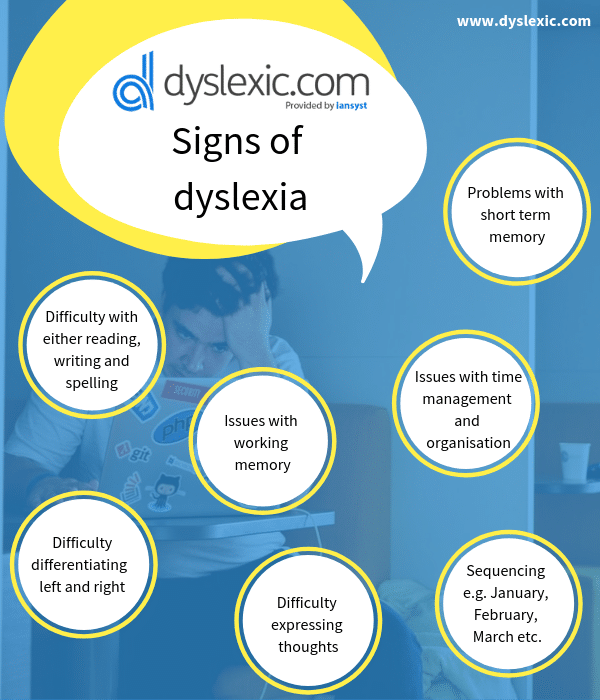 Here are some suggestions other parents have successfully used to help their children in these areas.
Here are some suggestions other parents have successfully used to help their children in these areas.
RELATED: Download Our Free Homework Charts!
Develop auditory and vocal skills. Good spellers are usually good readers and good speakers and vice versa. Using the school or local library helps your child develop some of these skills. Restrict the amount of TV he watches. Your child cannot talk back to a television set. Children need to use the language they will be writing. Give your child the opportunity to talk with you.
Experience stories. Let your child write about the things he likes. He can illustrate the stones himself or cut pictures from magazines to illustrate them. Let him write the words without assistance unless he asks for help. Misspelled words can then be used in little games you play with your child. A one-line “story” may be all that he can handle. If so, fine.
Write letters. Corresponding with a friend or relative-or a simple statement at the bottom of a letter you write to someone your child knows-offers him opportunities to spell.
Trace words. This activity helps many children. Have your child sit next to you (or, if young, sit on your lap). Sit so that you can guide his writing hand. Make sure that only his index and middle fingers are extended, and that his eyes are closed. If your child is using manuscript, use that form. Take his hand and print (or write) the word that is confusing to him.
Finger paints are messy, but ever so helpful. Use oilcloth and a large table. Have your child roll up his sleeves and wear an old apron. Let him use both hands to write letters and words, It is a marvelous activity. Just gating the feel of large movements may be sufficient without introducing formal spelling to the activity.
All kids love codes, so why not encourage your child to decode messages diet you leave for him? Let him make up his own codes for you. You make up one but make sure he has a way to decode it.
If your child is working on a class spelling list and can only remember half of the words, speak to his teacher.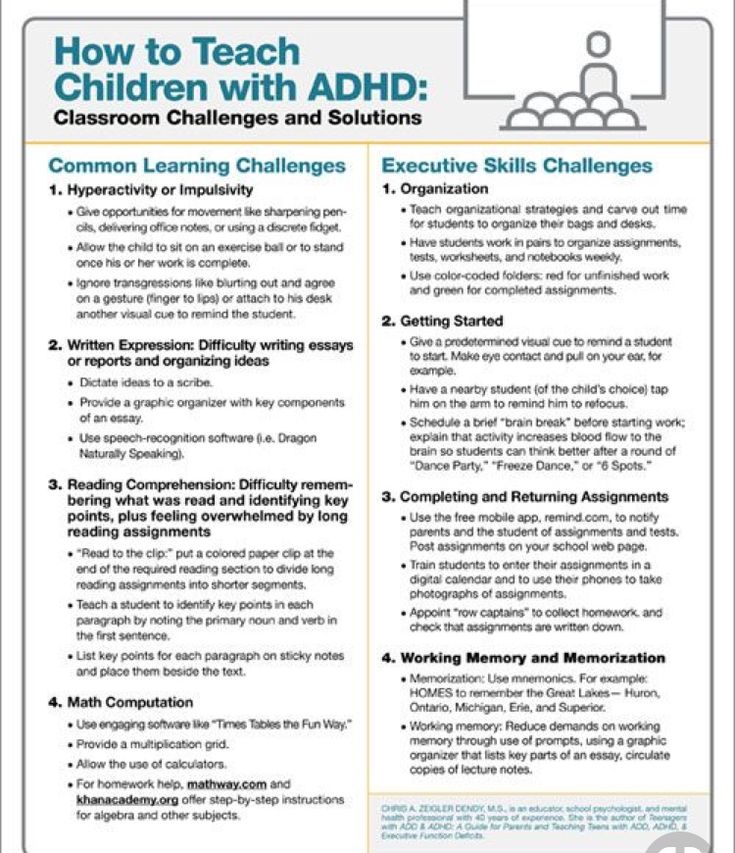 Teachers are more than delighted to hear how their students respond to homework. Perhaps the list can be reduced so that your child has fewer words and can learn these more efficiently and comfortably.
Teachers are more than delighted to hear how their students respond to homework. Perhaps the list can be reduced so that your child has fewer words and can learn these more efficiently and comfortably.
Don’t tackle an entire spelling bar in one sitting. Take one-third for example, each evening, to work on with your child. Break the practice into small units. Try fifteen minutes of review when he gets home; fifteen minutes before supper; fifteen minutes after supper. Shorter periods given frequently are more effective than one massive review-which is also exhausting and frustrating.
Sometimes words on a spelling list can be “clustered” into similarities. For example, you might try attempting all of the five-letter words one day, all the words beginning with consonants the next day, all the words beginning with blends the next day. This kind of grouping will help your child to perceive similarities and differences in the words, and, hence, develop his recall.
An old trick that really works is to have your child practice.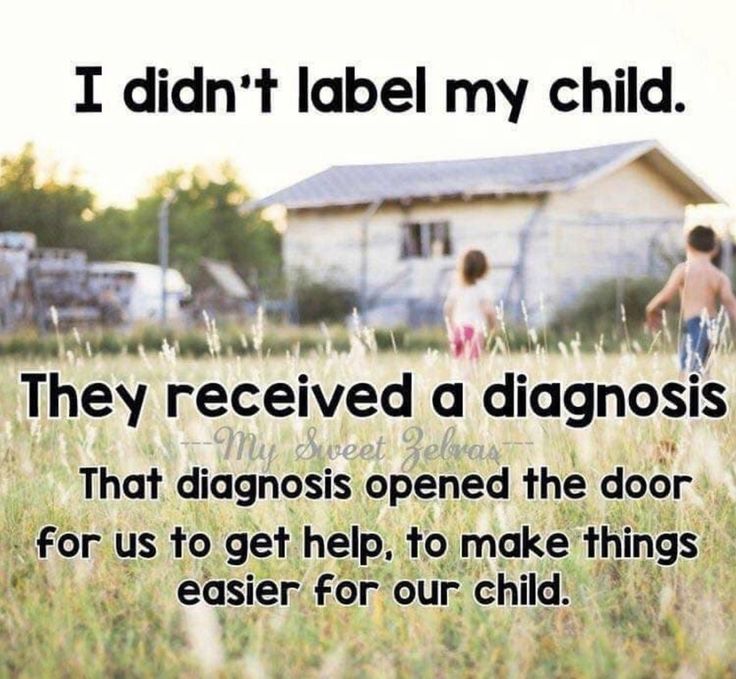 Write each of his words, and then draw with a black crayon around each word. Then he can lightly color the shape of the word. This is known as “studying the shape” (or configuration). Just make sure your child uses straight, not curved, lines when he outlines the word.
Write each of his words, and then draw with a black crayon around each word. Then he can lightly color the shape of the word. This is known as “studying the shape” (or configuration). Just make sure your child uses straight, not curved, lines when he outlines the word.
Before your child starts to silently study his list for that day, let him pronounce each word. Children must know how to properly pronounce a word before they attempt to spell it, If their pronunciation is not correct, they will indeed spell it as they would pronounce it in their own way. (Also make sure they know what the word means and can use it or understand it when they hear it.)
To start studying, a child should look at the word, pronounce it, spell it orally as he looks at it, cover it with his hand, and then attempt to spell it or, as he traces it on your kitchen table, letter by letter.
After your child has studied, let’s say five words, in the manner described, spell the words to him, in random order, and have him name the word you spelled.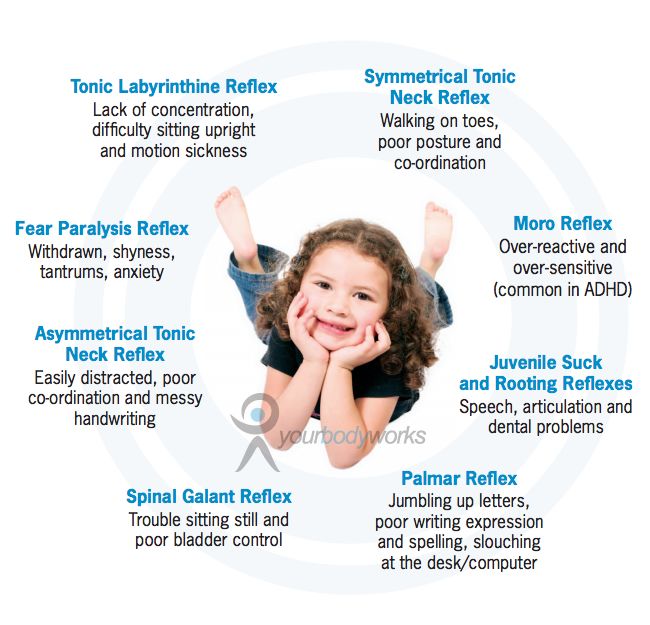
Invest in a set of plastic magnetic letters that are available at many discount, toy, and variety stores. Let your child spell the word by successively placing the magnetic letters on the magnetic board. You can show him the word, then remove it Have him name each letter as he locates it and places it on the board. This is good for developing the correct order for letters within the words.
Word lists. These can be made using paper available in the house. Print or write the words being studied. Post one copy of the list on die refrigerator, another on the door to your child’s room, and another in the bathroom. Maybe another can go over the TV set. Use a different color crayon for each word-or use a different color for parts of each word regularly confusing your child. For example, if he continues to write “come” as “cum,” use black for the “c” and I’m” but red for the “o” and “e”.
Put movement into learning words. Have your child clap for each letter or take a step for each letter as he spells the word orally. This will help ” lock in” the correct sequence of letters, as well as develop full recall for the word.
This will help ” lock in” the correct sequence of letters, as well as develop full recall for the word.
Let your child play teacher. Let him teach you the words he is learning to spell. Spell them orally to him. Let him correct you. Then have him dictate to you and you write them. Have him score your paper. Make a game of it. He’ll know you really know how to spell them, so veil him it’s a game.
Commercial dice with letters rather than numbers. Take turns with your child in tossing them and building words. List the words as they are made. The list can be saved and added to each time you play. That way be can develop a “reference fist” to use over and over spin to reinforce his recall.
Listening skills do help spelling. “What letter does ‘chart, end with?” What letter does ‘piano’ begin with?” Play these games just for a few moments before supper, or after breakfast to develop your child’s ability to hear sounds in words.
RELATED: Download Our Free Homework Charts!
Rhyming words is another game that can build spelling skills. “Can you think of a word that rhymes with fill?” As your child says hill, Bill, till, and so on, write them down. He’ll soon notice, himself, that they have identical endings.
“Can you think of a word that rhymes with fill?” As your child says hill, Bill, till, and so on, write them down. He’ll soon notice, himself, that they have identical endings.
Remembering. This is a game to develop visual memory. Write one word on a piece of paper. Leave space underneath it. Tell your child to look at it as long as he wants, that is, until he can remember the letters, then have him fold the paper so that he cannot see the word. He is then to try to write the word from memory. Let him check it himself, and if he has misspelled, try again.
Practice in spelling can come in a variety of ways. For example, you might ask him to help you make a grocery list by looking at the advertisement for a local supermarket You could check the items you want to purchase, and you could ask him to make a list to help you out.
Find the wrong word. Write a short sentence for your child. Tell him that there is one word spelled incorrectly. Ask him to see if he can find it. To begin, make it a rather obviously misspelled word. Leave a letter out, or add an extra letter to a word. Ask him to first read the sentence, then to circle the misspelled word. Then make sure you erase it and write it correctly.
Helping your child at home with spelling requires patience and a non-school-like setting. Don’t try to be a teacher. Be a parent who teaches. Your child wants to please you-he wants your honest, sincere praise. Keep the activities short-and fun, and do them regularly, with variety.
How to teach a child to write correctly
Is literacy “lame” in a schoolchild? We have collected effective methods by which you can close the gap in knowledge. How to learn to write without mistakes? This question is asked by the parents of many schoolchildren when they bring home notebooks with grammatical errors. Let's start working on fixing them! Thinking about how to help your children master the basics of grammar? Just follow our advice.
How to write a dictation for five
Dictation is always a test of literacy.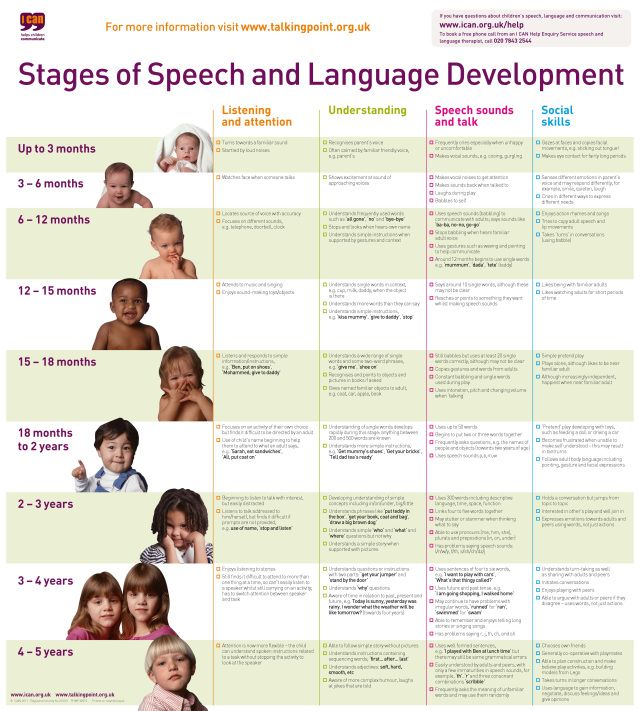 To write it for a good grade, you need to be extremely careful and not be distracted. But the most important thing is that you need to thoroughly prepare for it. We tell you how to prepare for the dictation.
To write it for a good grade, you need to be extremely careful and not be distracted. But the most important thing is that you need to thoroughly prepare for it. We tell you how to prepare for the dictation.
1. Repeat with your child all the rules of the Russian language that have been covered in a quarter (to prepare for sure, it is better to repeat the previous half year).
2. Focus on the topics that cause the most difficulty.
3. Write dictation texts with him regularly. nine0003
4. Speak words that are difficult to write out loud.
5. Train your visual memory by reading fiction.
Tell the child how he should behave during the dictation:
Listen carefully to the teacher, usually he clearly pronounces the boundaries of sentences and paragraphs.
If in doubt about a punctuation mark or the spelling of a word, leave space. When checking, decide what to put in place of the pass.
When the text is ready, revise it. Start by checking spelling and then moving on to punctuation.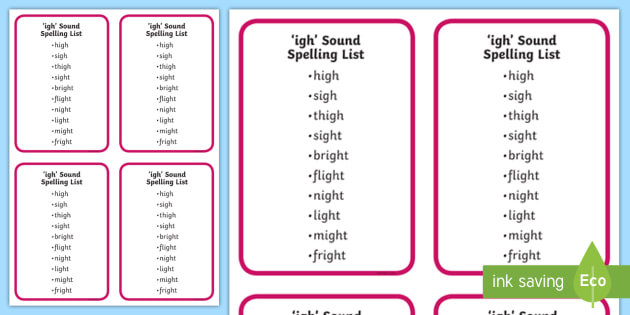 nine0003
nine0003
Move from the last sentence to the first so as not to switch to the meaning of the text.
And don't look at your neighbor's notebook, there is a chance to make not only your own mistakes, but also to collect other people's.
Compliance with these recommendations will allow you to write a dictation for the top five.
Literacy Exercises
Children's dictation is just one way to practice literacy. You can write correctly and competently if you do fun exercises. For example, a random story. nine0003
Think of a dozen random words with your child and ask them to make a short story with them. Such an exercise develops creative skills and helps to tune in the right way before the “serious” task. Words can be anything. For example, little Olya from the words: “grandmother, deer, teapot, square, juice, slime, sadness, salt and joy” came up with a whole series about a grandmother who could not choose a gift for a deer. Let the story be ridiculous .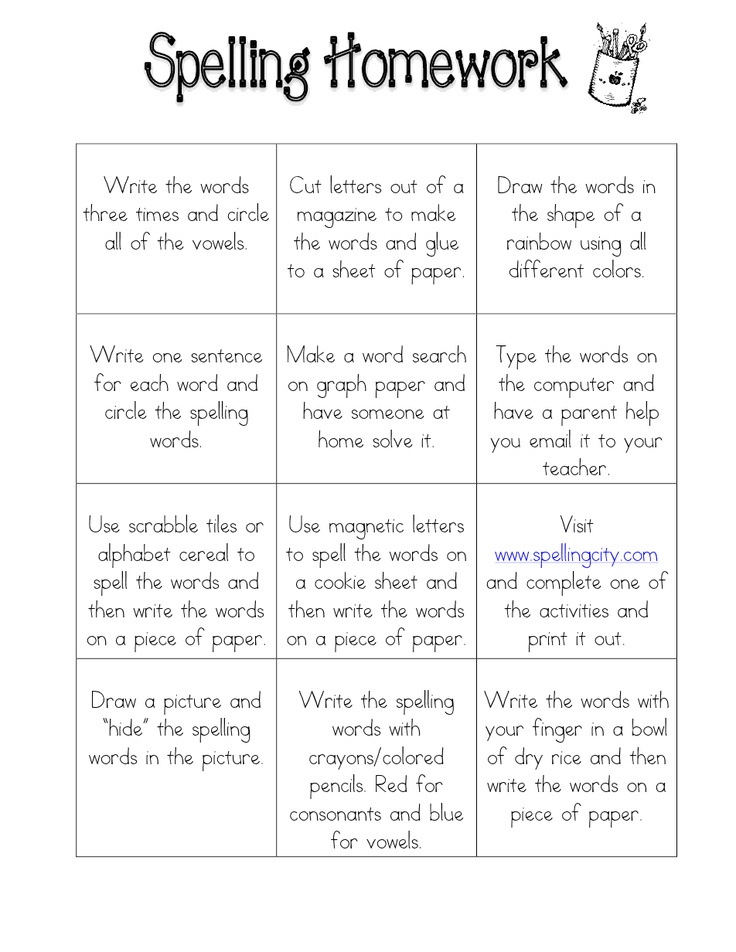 . It doesn't matter!
. It doesn't matter!
Upside down! nine0006
Have your child retell an old story in a new way. Let Cinderella become a ninja, and Koschey the Deathless take up ballet! This exercise develops creativity and teaches the child to fantasize. When the story is qualitatively upside down, offer to swap the beginning and end. How did Ivan Tsarevich become an ordinary villager?.. Why did Batman stop catching villains and live a normal life?..
Word of the day
This exercise is a great way to expand your vocabulary. Every morning you choose a new word for the child, explain the meaning, write it down on a sticker or on your child’s phone so that it is not forgotten. The exercise is very simple: during the day the child should use it five times in speech, try to do it to the point, and in the evening make up a couple of sentences with him. Then you can use this word in the exercise: "Random Story" to make it memorable. nine0003
Vocabulary words
Learn the words that are usually given at the end of the textbook. So that the child does not get bored doing this, check each other in turn.
Spelling reading
Regularly challenge your child to read texts aloud and then write them down. In order for the child to remember the form of words through articulatory motor skills, while reading, you need to clearly pronounce all the words in syllables.
Read backwards
Do you know why many people make mistakes in word endings? Because the human eye clearly sees the beginning of words, and the ending is rather blurry. However, he can be fooled.
Check what is written by reverse dictation, that is, read not from the beginning, but from the end. Reverse dictation is considered a very effective self-test method. The more often you practice it, the fewer mistakes your child will make.
Spell check
This is a trick that will help your child write better. Although such a reading may seem a little strange, it will allow you to kill two birds with one stone:
First, you will eliminate the confusion between pronunciation and spelling.
Secondly, the memorization process will take place at the level of the body, developing articulatory memory and correctly tuning the hearing.
Just two or three weeks of exercise and you will notice the result.
Fun language lessons for elementary school
Another way to learn to write without mistakes. You need to do it on paper. Invite the child to answer, is it necessary to fill in the gap in words? We have selected the following options for you:
beautiful, cable...nick, how... cue, o... give, under... drive, sn... zhinka, m... rkov.
This task will teach the child to write without errors, since several types of memory are involved at once. The student remembered the correct spelling, saw the letter he inserted, and heard it by ear.
Word cards work well. How it works: You can make cards for your child with words in which he most often makes mistakes. Hang them over the table or play a game where you first write a word and then a card with it appears. nine0003
nine0003
Online simulators
Another answer to the question of how to learn to write correctly. To “pump” the child’s literacy, if she is lame, Russian language simulators on the iSmart educational platform will help. The student will learn grammar rules, spelling of words (including vocabulary words), syntax and punctuation in a fun way.
Letters around us
You can write without mistakes if you train attentiveness. Pay attention with your child to the spelling of individual words, even on the street: on shop signs and billboards, this will also be remembered. nine0003
Train your hand memory
It has long been proven that hands have memory, that is, we can do with our hands what the brain seems to have forgotten. Also with spelling: the hand itself can write out words correctly. But for this you need to train a lot - write, write and write again. And as a result, the student will be able to write well.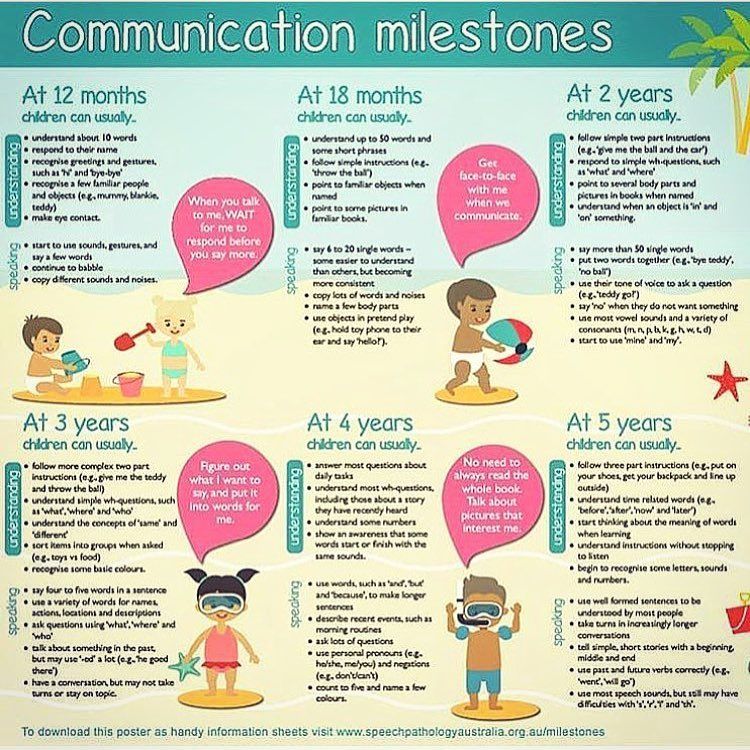
It is never too late to make a child smarter. But don't expect instant results: the learning process should last at least three weeks. This is the time when the brain needs to bring actions to automatism or, in scientific terms, build new connections between the hemispheres. nine0003
Share your experience on how a child can learn to write correctly!
How to teach a child to write correctly: advice from the author of school textbooks on the Russian language
Ekaterina Buneeva, Doctor of Pedagogical Sciences
All children are very different: some grasp everything on the fly, memorize a new rule already in class and perform exercises almost without errors, others memorize more slowly, others, no matter how much you fight with them, still make mistakes. nine0003
How can I help my child at home? Repeat the rules with him? Do dictations? Do more exercise? In this regard, either a true story, or an anecdote, or an episode from the film immediately pops up: the teacher tells the student after the lessons to write the word “walked” a hundred times on the board, in which he is constantly mistaken. When she returns to class, the entire blackboard is covered with the word "walked", and at the bottom in large size: "I wrote everything and went home!"
When she returns to class, the entire blackboard is covered with the word "walked", and at the bottom in large size: "I wrote everything and went home!"
The point is not how many exercises the child has done, how many times he has written a difficult word and whether he recites the rule by heart. If there is no so-called "innate literacy", in order to write without errors, you need to be able to find (see) in words or between words those places to which the rules should be applied. nine0003
The vast majority of schoolchildren do not know how to do this, they do not have spelling vigilance. The same is with sentences: children do not see, do not know how to look for boundaries of semantic segments in a sentence - punctuation marks. They need to be specially trained for this.
If we want children to write correctly, we must be patient.
We adults should be well aware that spelling and punctuation skills develop slowly and in each child at their own pace. Unfortunately, only a few who are very lucky have "innate literacy", two or three school lessons and home exercises are enough for them.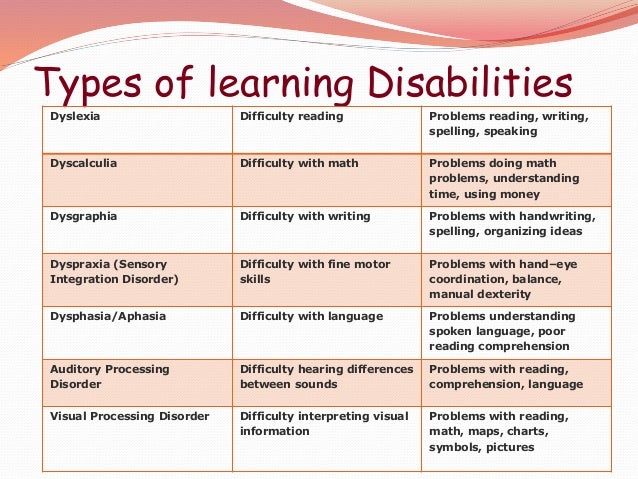 But most need regular classes, with constant repetition and a gradual expansion of the range of rules being studied. nine0003
But most need regular classes, with constant repetition and a gradual expansion of the range of rules being studied. nine0003
Source.
4 important spelling skills
They help the child to write correctly. In other words: he can do this and that - he writes competently.
The ability to see spellings
That is, places in words and between words where you need to choose a spelling from several options (“o” or “a”, “e” or “and”, together or separately, “b” or “b” ", with or without "b", etc.). In this case, only one option is correct.
You need to find spellings in words according to special features. For example, if in a word we hear a deaf paired consonant sound at the end: “zu [p]”, “le [f]”, this is an identification sign of the spelling - the letter of the consonant being checked. Having found this "dangerous place", the child applies the rule. Each spelling can be found in a word according to certain signs, and this must be specially taught, to show these signs. Most often, this is why children (and adults too) write illiterately: knowing the rule, they do not see in the word the place to which it needs to be applied. nine0003
Most often, this is why children (and adults too) write illiterately: knowing the rule, they do not see in the word the place to which it needs to be applied. nine0003
Ability to choose spelling
Once a child has found the point of application of a spelling rule in a word, he can easily apply this rule and choose the correct spelling. We use the same example: to select a letter at the end of the words "zu[p]", "le[f]", we select test words ("teeth", "lions"), we hear a distinct consonant sound before the vowel - and write "tooth" , "a lion".
The ability to explain the choice of spelling orally and graphically
This skill is needed both when the child writes and when he checks what is written. Easier, faster and more beneficial to do it is graphically . For example, when explaining the choice of the letters "b" and "c" at the end of the words "zu [p]" and "le [f]", the child should write like this: "tooth - teeth"; “lion - lions” (he underlines the letter “y” with two lines, because it denotes a vowel sound under stress and helps to choose the spelling).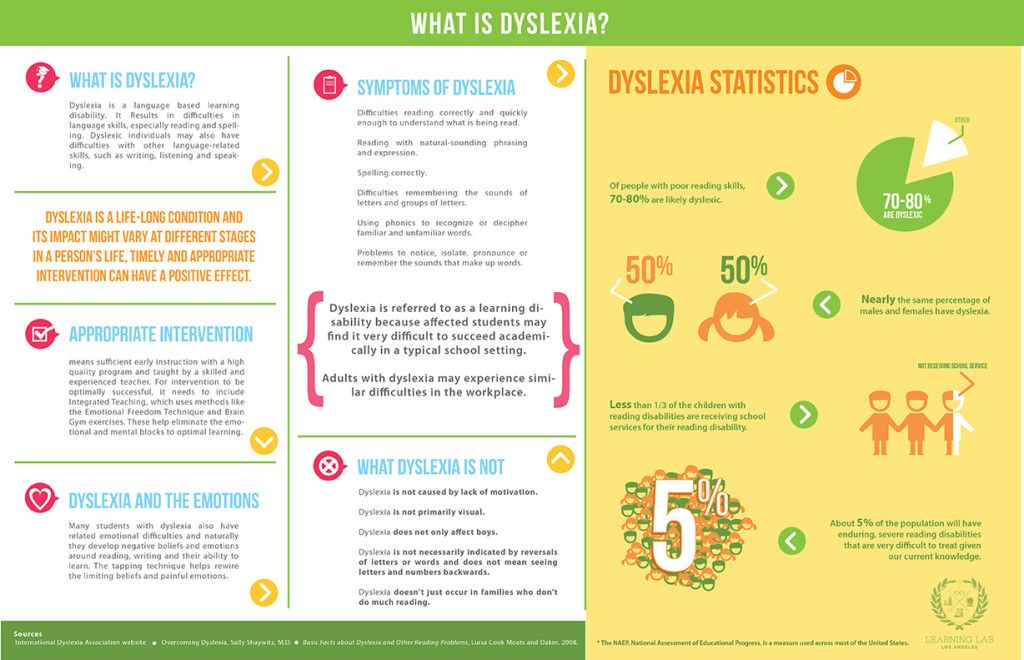 By making such designations, the child essentially translates the content of the rule (text) into a different, more concise and visual, "speaking" form. Both he and the adult understand why this particular spelling was chosen.
By making such designations, the child essentially translates the content of the rule (text) into a different, more concise and visual, "speaking" form. Both he and the adult understand why this particular spelling was chosen.
Photo from the personal archive of the author. nine0003
The ability to find and correct errors
It is based on the previous three. To check himself (during a dictation, presentation, any written work), the child must do the same actions:
- make sure that the spelling is found correctly according to the identification features;
— apply the rule;
- explain the spelling graphically.
That is why I recommend a simple technique for parents and teachers: write through the line. We always leave the top line above the sentence empty, and when checking, all the necessary designations and entries are made on this line. If, in the process of such a check, the child himself finds his mistake and corrects it, the mark should not only not decrease - on the contrary, the child should be praised and encouraged in every possible way.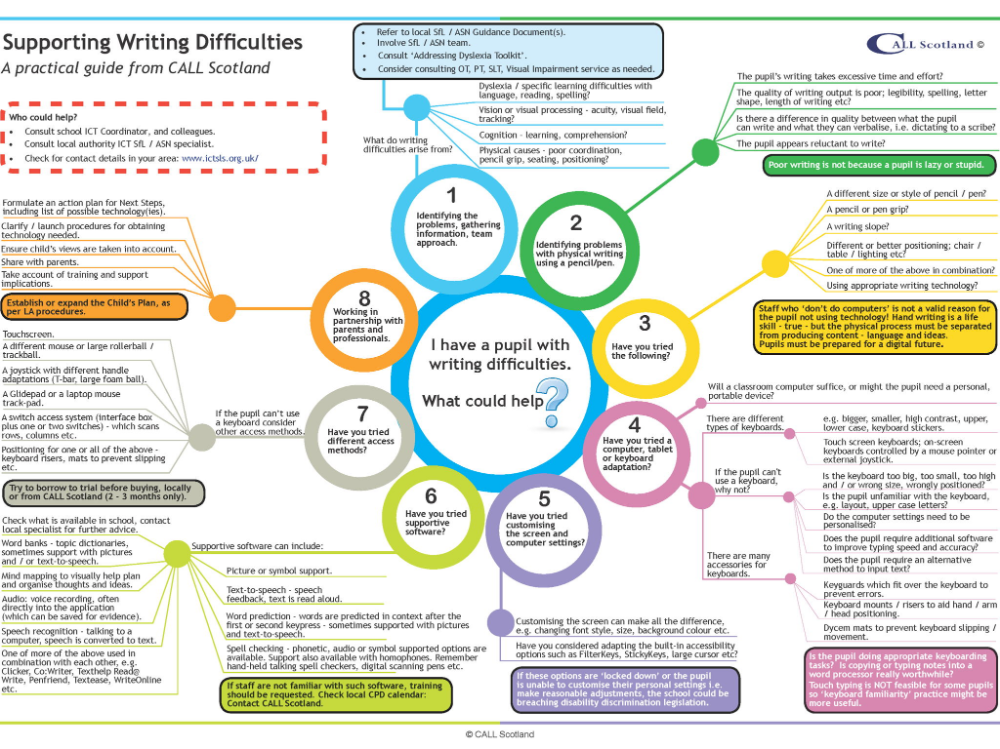 It is absolutely illogical and very harmful when at school a child is lowered for blots and corrections for written work. nine0003
It is absolutely illogical and very harmful when at school a child is lowered for blots and corrections for written work. nine0003
Tips for parents who take care of the child themselves
1. Every child has typical, most frequent mistakes. First of all, it is necessary to determine which ones, arrange the rules in the order of their interconnection and increasing difficulty. Next, determine what necessary basic knowledge about the language and skills the child lacks in order to master these spellings. These gaps must first be filled and only then do the actual spelling. So consistently you need to work out all the rules relevant to the child. nine0003
2. It makes no sense to just do exercises and write dictations. We need a methodically competent system of exercises with special graphic symbols, which the child understands and accepts.
3. It is better if the child is motivated, that is, he writes meaningfully and with desire. As soon as he sees that everything is not so scary and the first results appear, the process will begin.

